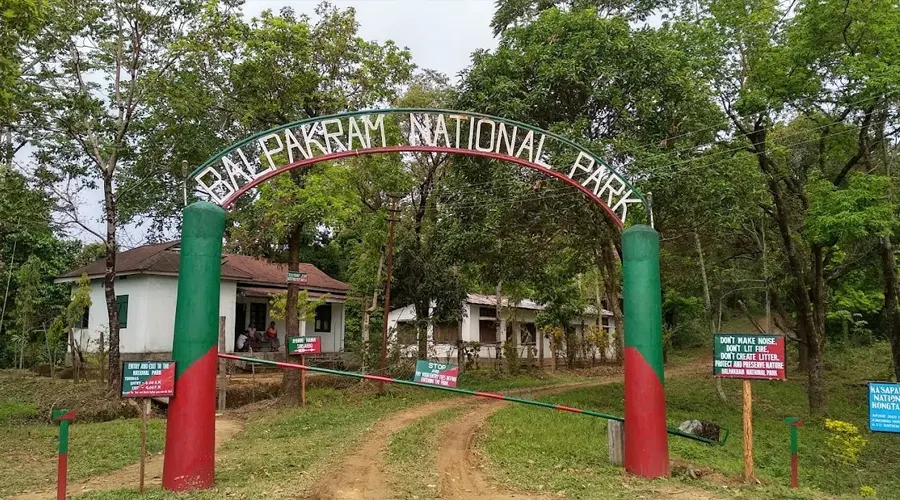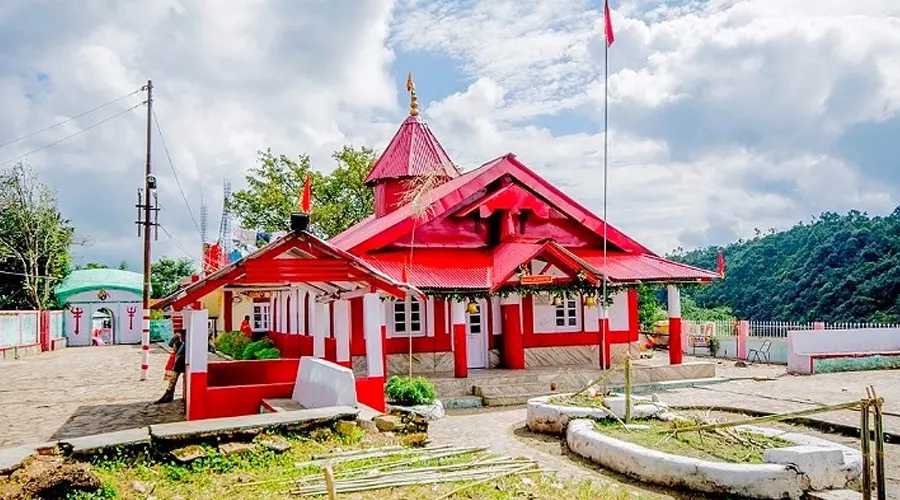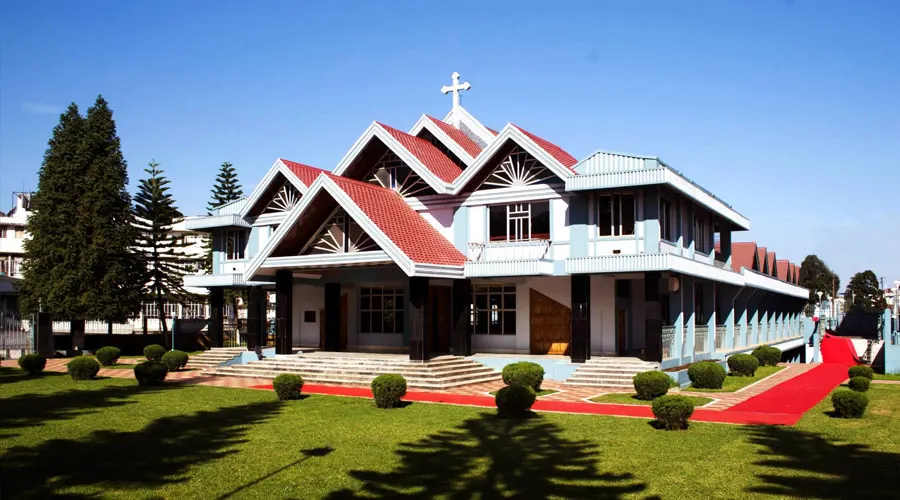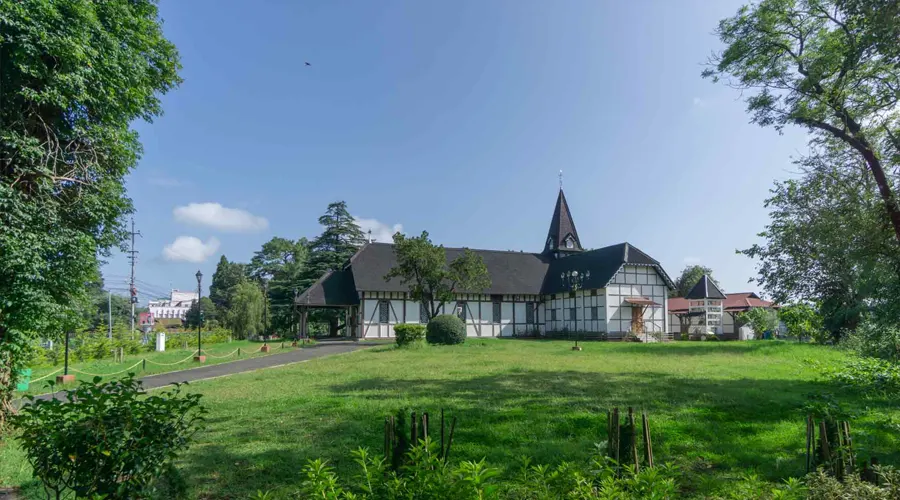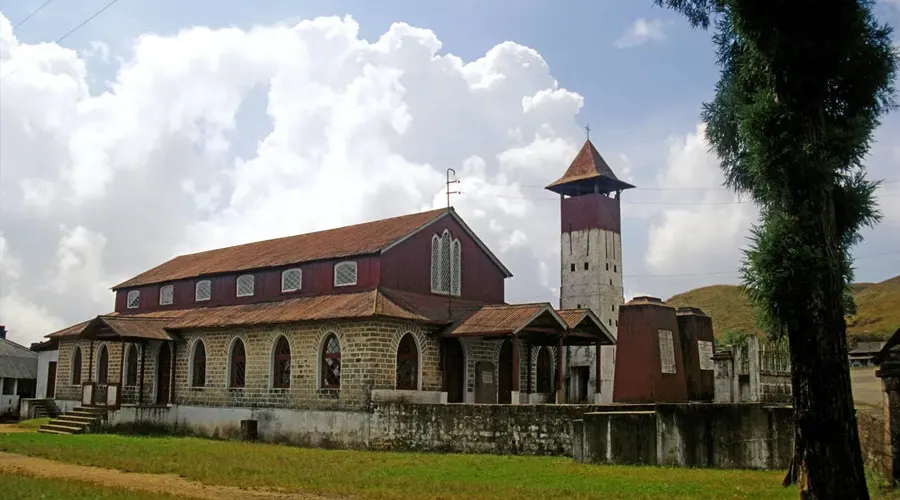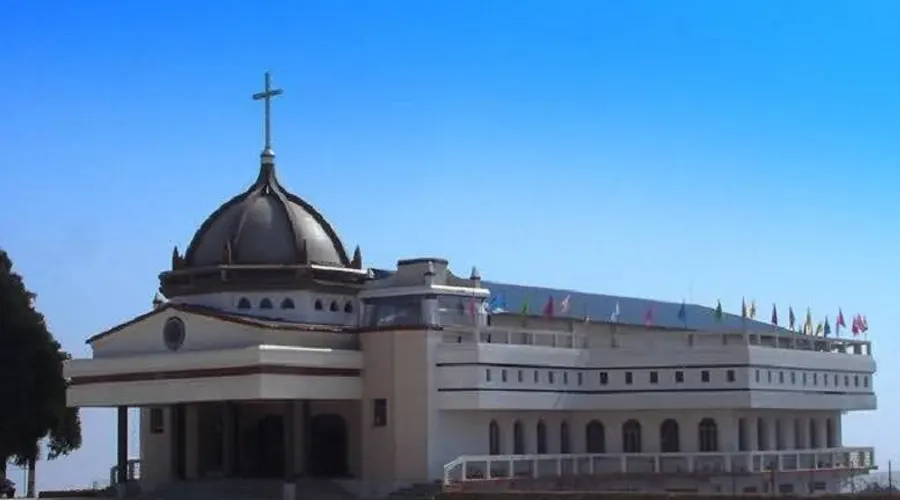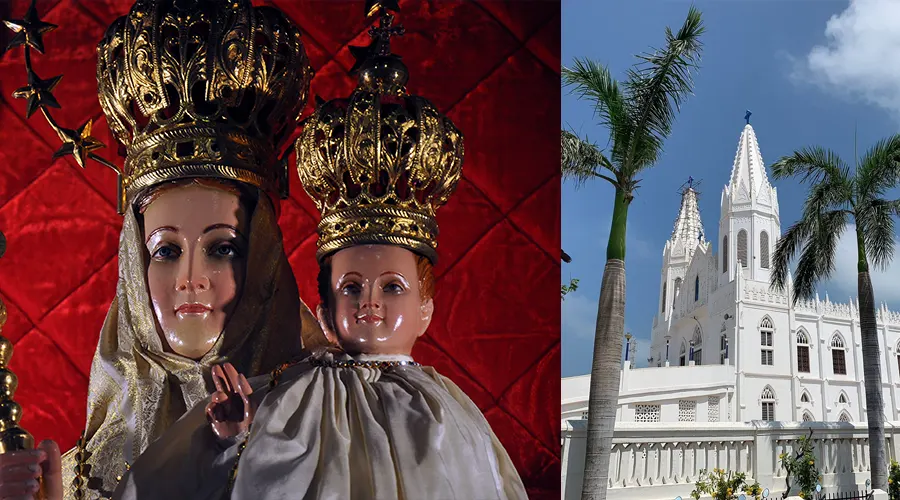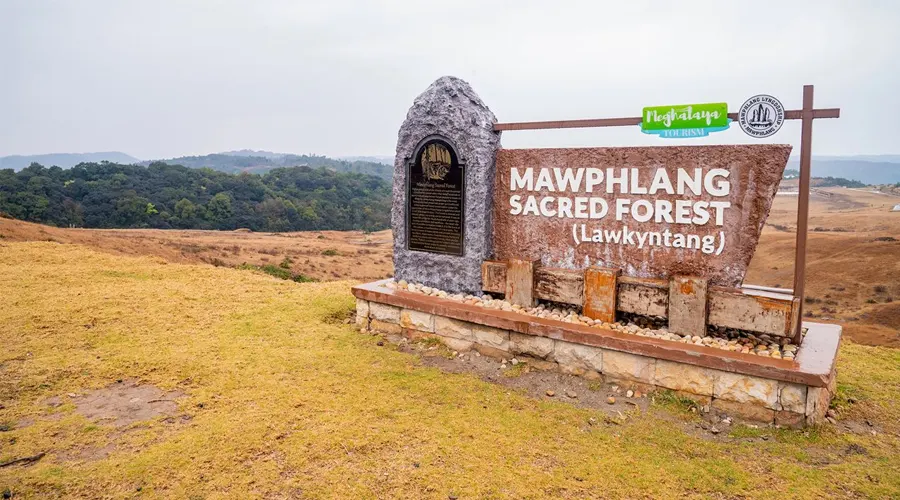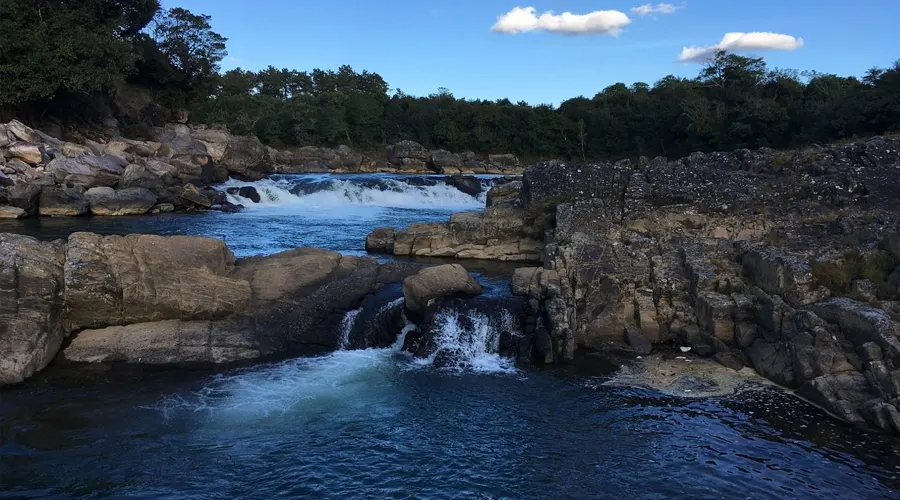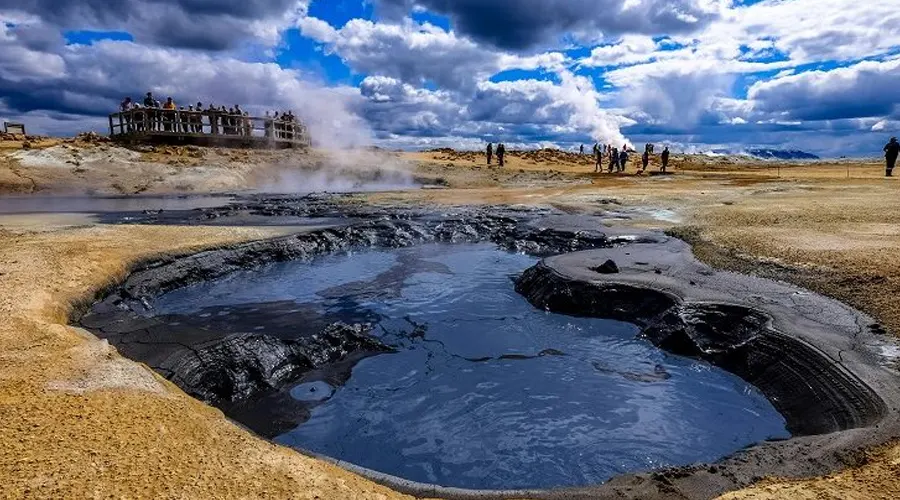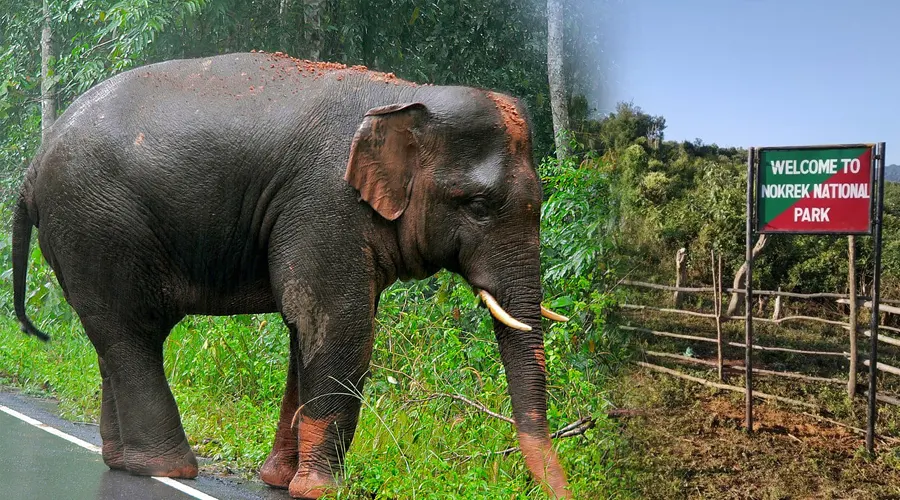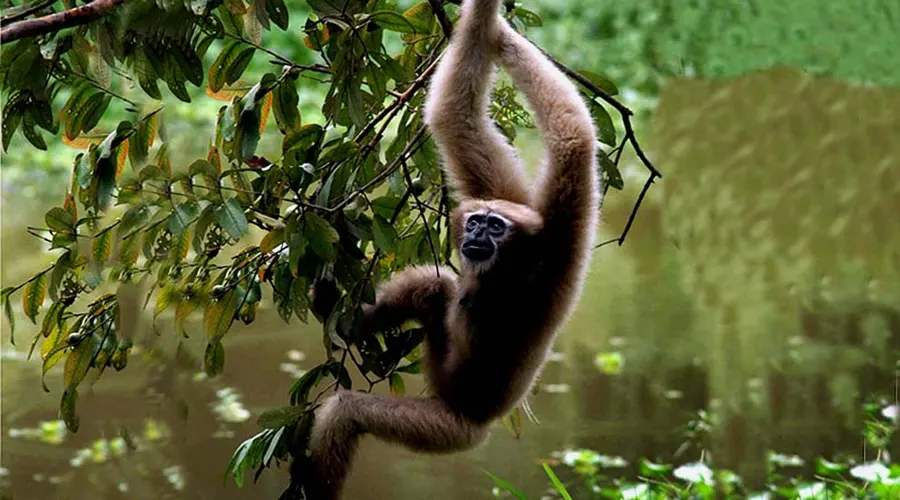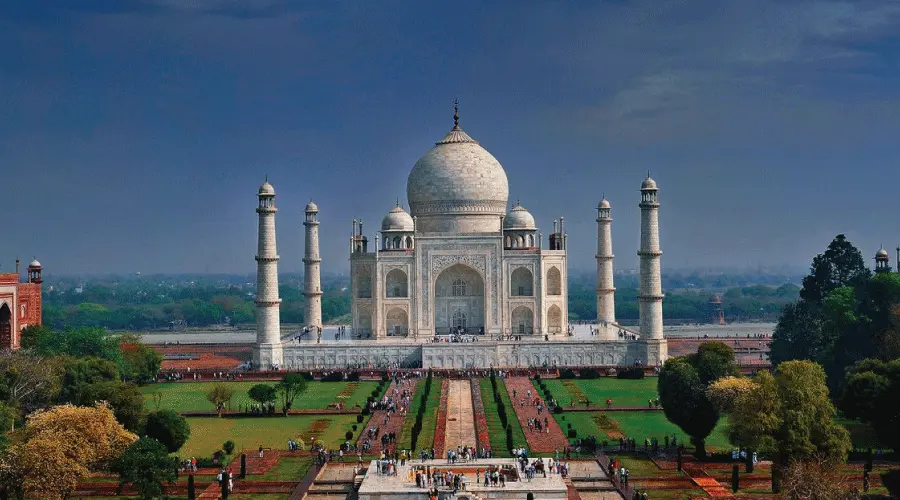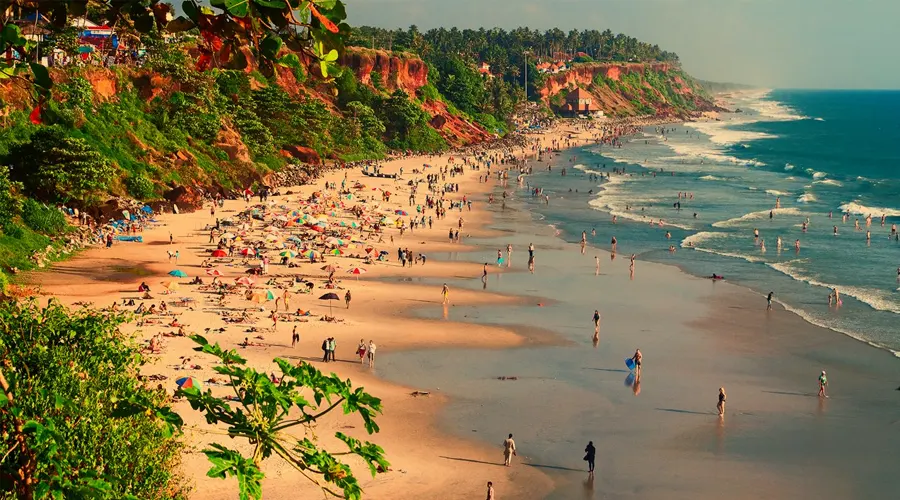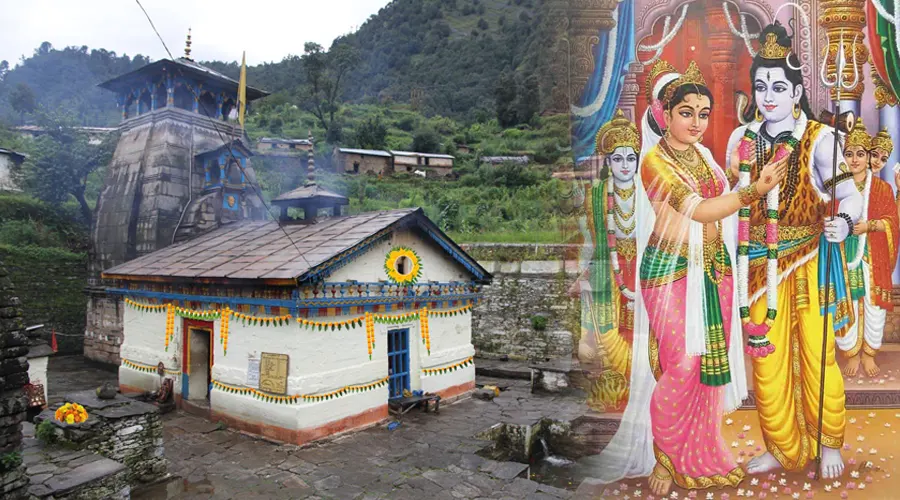Balpakram National Park – The Land Of Eternal Winds In Meghalaya
Nestled in the South Garo Hills of Meghalaya, about 167 km from Tura, Balpakram National Park is a land cloaked in mystery, myth, and mesmerizing biodiversity. Known as the “Land of Perpetual Winds”, Balpakram is revered not just for its wildlife but also for its deep spiritual significance in Garo mythology.
Spread over 220 sq km, Balpakram is home to rare and endangered species like the Red Panda (Lesser Panda), tigers, Asian elephants, wild bison, leopards, black bears, and sambar deer. Its lush forests, gorges, and cliffs are often compared to the Grand Canyon of the East.
Local legends say Balpakram is the resting place of departed souls. The name itself translates to “land of the spirits.” These stories, passed down for generations, only add to the enchanting charm of this offbeat destination.
History & Spiritual Significance
In Garo mythology, Balpakram is considered a sacred passage for souls. Local legends speak of a "shadow land" where spirits dwell before they transition into the afterlife. The name “Balpakram” literally translates to “land of the spirits.”
The surrounding forests and rock formations like Matchru and Mekkal Chisim are revered. Locals have protected this region for generations, making it one of India’s most unique spiritual eco-destinations.
Things to Do in Balpakram National Park
1. Wildlife Safari
Explore the national park's trails and forest routes with authorized guides to spot elusive species like Red Panda, leopards, and elephants in the wild.
2. Bird Watching
The park is a paradise for bird watchers with several species spotted near the Siju Bird Sanctuary, which borders the park.
3. Trekking & Nature Trails
Trek along scenic cliffs, gorges, and rivers with breathtaking views. The Goncho Dare Gorge and Helipad Viewpoint are popular stops.
4. Mythical Landmarks
Visit sacred sites like the Mekkal Chisim, Matchru, and Dikkini Ring caves, believed by locals to be touched by spirits.
5. Visit Nearby Siju Caves
Explore the limestone caves of Siju, located nearby, known for stalactites, stalagmites, and river passages.
Balpakram Wildlife Highlights (Table)
|
Animal/Bird |
Status |
Highlights |
|
Red Panda |
Endangered |
Rarely spotted, symbol of park’s conservation value |
|
Tiger |
Endangered |
Occasional sightings, elusive |
|
Elephant |
Vulnerable |
Often seen in herds |
|
Bison (Gaur) |
Near Threatened |
Large groups found in open grasslands |
|
Hoolock Gibbon |
Endangered |
Only ape species in India, found in nearby forests |
|
Hornbills |
Common |
Often seen near tree canopies |
|
Sambar Deer |
Least Concern |
Commonly spotted near water bodies |
Tips for Travelers
- Best Time to Visit: October to March for cool weather and better wildlife sightings. Avoid monsoon due to slippery trails.
- Permits: Indian nationals may not require special permits. Foreign tourists need Inner Line Permit (ILP).
- Local Guide: Hire local guides from Baghmara or Tura for safaris and cultural insights.
- Stay Options: Stay in Tura, Baghmara Forest Rest Houses, or homestays in nearby villages.
- Sustainable Travel: Avoid plastic, respect tribal traditions, and do not disturb wildlife.
Nearby Attractions
|
Place |
Distance |
What to See |
|
Siju Bird Sanctuary |
10 km |
Rare birds, riverbank views |
|
Siju Caves |
15 km |
Stalactites, bat caves, underground river |
|
Baghmara Reserve Forest |
30 km |
Elephants, scenic drives |
|
Tura Peak |
160 km |
Trekking, views over Tura valley |
|
Selbagre Gibbon Reserve |
170 km |
Hoolock gibbons, sacred grove |
Final Thoughts
Balpakram National Park is not just a biodiversity hotspot but a spiritual and cultural treasure. Whether you're a wildlife enthusiast, mythology lover, or explorer of untouched nature, Balpakram offers a once-in-a-lifetime experience. From rare Red Pandas to legendary cliff trails, this hidden gem of Meghalaya is waiting to be explored.
Faq About Balpakram National Park – The Land Of Eternal Winds In Meghalaya
Ans: Balpakram is located near Baghmara in South Garo Hills, Meghalaya, about 167 km from Tura.
Ans: Balpakram is famous for its mythical legends, Red Panda sightings, and diverse wildlife in pristine wilderness.
Ans: Yes, guided safaris or treks are available with prior permission from the Forest Department.
Ans: Wildlife includes Red Pandas, tigers, elephants, leopards, bison, sambar deer, and more.
Ans: Yes, it is safe for tourists, especially when accompanied by a local guide. Wildlife encounters are rare but possible.
Ans: Yes, permits must be obtained from the Forest Office in Tura or Baghmara.
Ans: Camping may be allowed in designated areas with prior approval. Visitors must carry their own gear and follow forest guidelines.
Ans: Lodging is available at Baghmara, including basic forest rest houses and guesthouses.
Ans: "Balpakram" means “Land of Perpetual Winds” in the Garo language.
Ans: Locals believe that Balpakram is the land where souls of the dead pass through, making it a spiritually sacred place.

